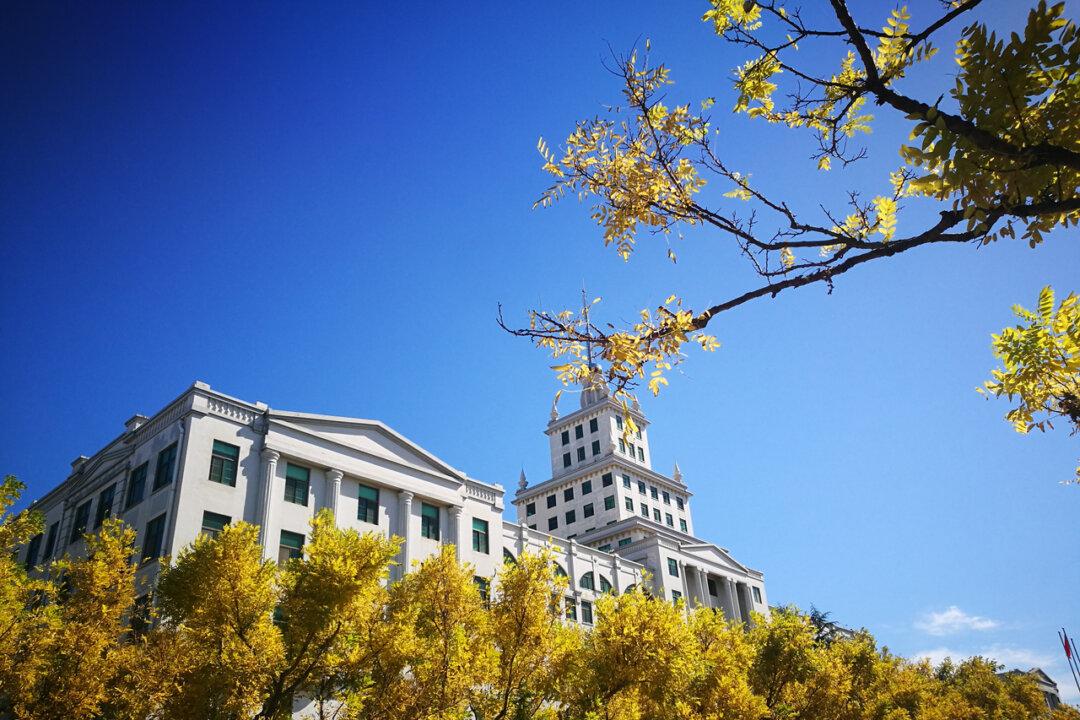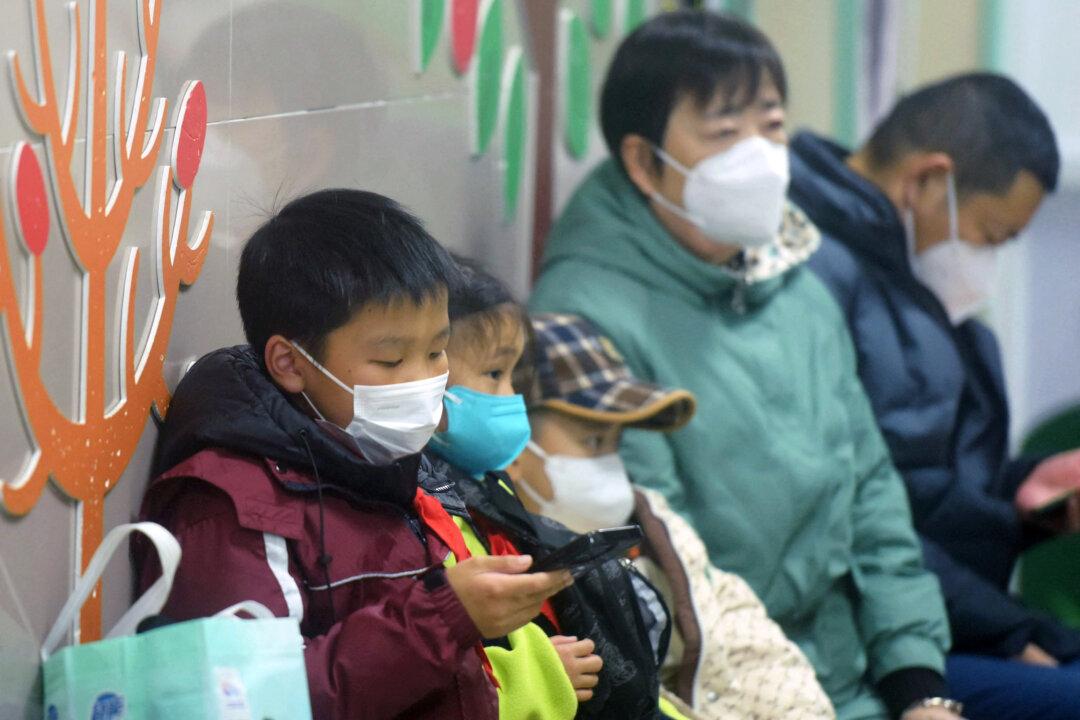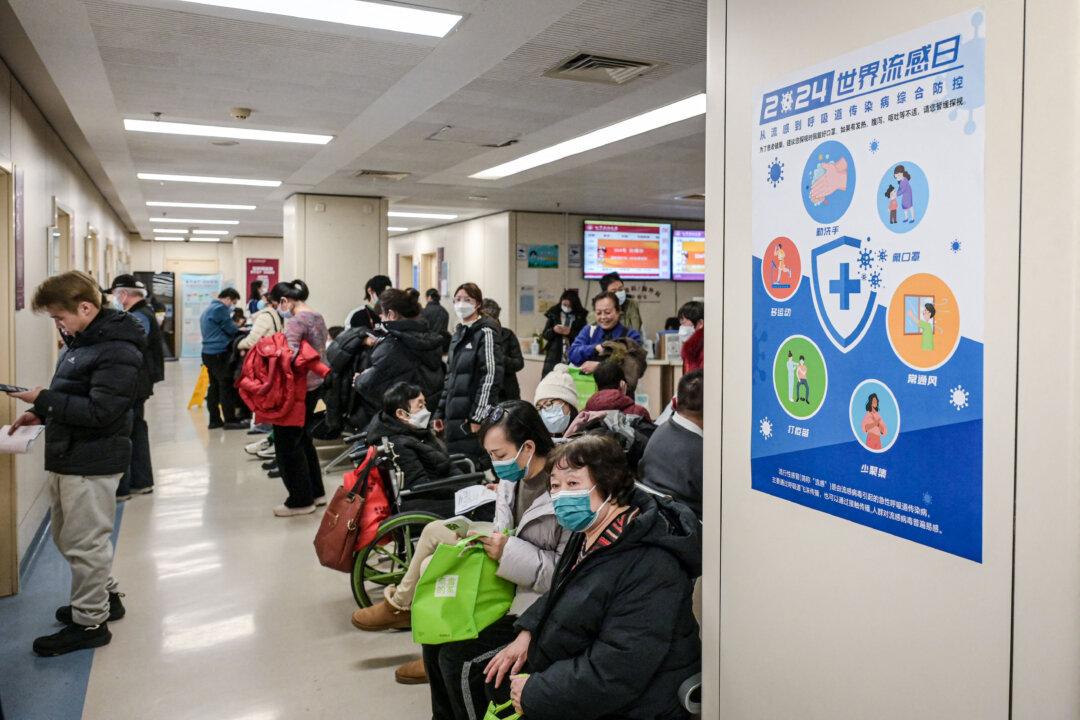Russian President Vladimir Putin visited Harbin—a Czarist Russian-built city in northeast China—during his trip to China seeking the Chinese communist regime’s continuing support for his geopolitical ambitions.
The Chinese regime’s school officials in Harbin issued a “gag order” on students during Mr. Putin’s visit, banning the mention of sensitive topics related to Russia.
On the second day of Mr. Putin’s state visit to China, he visited an Orthodox Church built by imperial Russia and the Harbin Institute of Technology on May 17, where he met with faculty and students.
Harbin citizens revealed on Chinese social media that some local school officials recently issued a notice through WeChat groups saying: “Parents please instruct your children to pay attention to their speech and not to post any sensitive words on any social media (including anything related to ‘Sino–Russia Expo,’ names of events and people, etc.)!! Delete any of them as soon as possible!”
The official notice also warned that “internet security management is very strict and do not touch the ‘red lines.’”
Harbin Institute of Technology was founded in 1920 as Harbin Sino–Russia Industrial School to educate railway engineers for the Russian-controlled Chinese Eastern Railway, an extension of imperial Russia’s Trans-Siberian Railway. At that time, classes were taught in Russian, and the school was run according to the Russian education model.
Harbin has a complicated history with Russia. Once known as “Little Moscow,” the Chinese city was developed by Russian and European architects during Czarist Russia’s construction of the extension of the Trans-Siberian Railway to northeastern China in the late 19th century, which furthered Russia’s imperial expansion in the Far East and allowed it to occupy more Chinese territories. At the end of World War II, the Soviet Union’s Red Army took over northeast China from Japan, sacked the city, and killed many Chinese civilians.
The Chinese Eastern Railway is a “T”-shaped railway built by Czarist Russia at the end of the 19th century and the beginning of the 20th century in order to seize the resources of Northeast China and dominate the Far East. Later, the Soviet Union took over the railway until 1950s, when it returned its share to the Chinese communist regime.
Currently, the Harbin Institute of Technology is one of the “Seven Military Academies” that plays a central role in the Chinese regime’s military development. In 2020, it was listed as a target of sanctions by the Department of Commerce for trying to use U.S. technology to develop missiles for China.
Mr. Putin also participated in the opening ceremony of the Russia–China trade expo and attended the Russia–China regional cooperation forum in Harbin.
As the prolonged Russia–Ukraine war drains Russia’s resources, the conflict between Russia and the West continues to deepen. Under Western sanctions, Russia has become increasingly dependent on the Chinese communist regime economically, diplomatically, and militarily. International affairs observers have said that they think the purpose of Mr. Putin’s visit to China is to seek comprehensive support from the Chinese Communist Party (CCP).
Cheng Cheng-Ping, a professor at Taiwan’s National Yunlin University of Science and Technology, told The Epoch Times on May 17 that Mr. Putin’s attendance at the China–Russia trade expo in Harbin appears to be more economic-oriented, but economic and trade cooperation also points to military cooperation.
Putin’s Homage to Soviet Past in China
Mr. Putin also laid flowers at a monument to Soviet Red Army soldiers who died in 1945 in Harbin.Local Chinese media reported that in order to welcome Mr. Putin’s visit, Harbin officials have repainted the monument.

According to public information and historical records, the monument, which is named “Monument to the Heroes of the Soviet Red Army,” in Harbin was built by the Soviet Union in August 1945 to commemorate the Soviet’s dispatch of troops to Northeast China at the end of World War II. When the Soviet army took over Northeast China, they looted businesses, factory machinery, and mines, destroying the prosperous economy.
The Soviet soldiers also committed atrocities of robbery, rape, and murder of women and children and created panic among the locals. These actions and their lasting negative effects are still painful memories for many people living in the region. The Soviet army handed over control of the Northeast region to the CCP instead of the legitimate government of the Republic of China, which was a turning point in China’s civil war and led to the CCP’s takeover of China in 1949.
China affairs observer and Epoch Times columnist Wang Youqun wrote on May 17: “In premodern and modern times, the United States has not occupied an inch of Chinese territory. Russia is the country that has occupied the most territory in China. However, the CCP regards the United States as its biggest enemy and Russia as its best friend. This is unacceptable to all Chinese people with normal thinking. The Chinese people feel the pain of the war of invasion. However, the CCP not only did not object to Russia’s invasion of Ukraine, but on the contrary, it became the largest supplier for the Russian war machine.”





